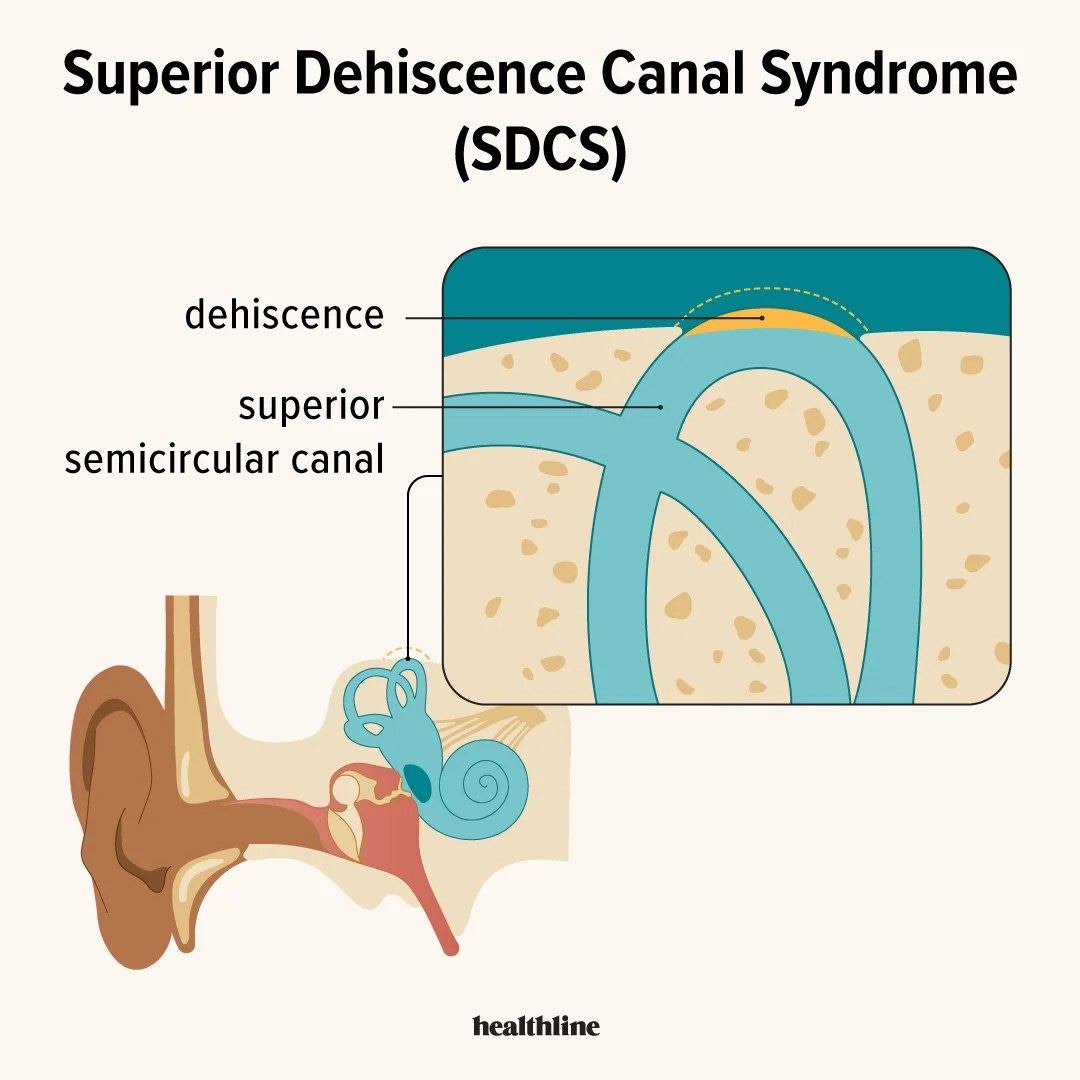What Is Superior Canal Dehiscence Syndrome?
Written by Shrishti Harish
Introduction
Imagine living with an unsettling sense that everything around you is shifting and vibrating sounds become unusually loud and hearing self-generated sounds. Though this seems exaggerated there is a rare inner-ear condition called Superior Canal Dehiscence Syndrome that causes people to listen to noises in their head that occur in time with their pulse, or heartbeat. SCDS can affect balance and hearing and affects roughly 1% to 2% of the general population. It is often misdiagnosed as schizophrenia.
Causes
The exact causes of SCDS are unknown, but several contributing factors can contribute to its development. Those who are born with a thinner or absent bony covering can be affected by the condition. Individuals may also experience bone resorption over time due to the aging process that affects bone health. Trauma or injuries on the head can also play a role in the development of SCDS. Chronic conditions such as osteoporosis and Paget’s disease, which impact bone density could contribute to the thinning of the bony covering. Despite these factors, SCDS remains a challenging condition to diagnose due to the complexity of its underlying mechanisms.
Symptoms
Vertigo: Sensation of spinning or dizziness triggered by head movements or changes in position.
Autophony: Hearing your voice and bodily sounds (chewing, breathing, blinking) more prominently than usual.
Hyperacusis: Heightened sensitivity to sound.
Balance Problems: Difficulty maintaining balance, resulting in frequent falls.
Tinnitus: Ringing or buzzing sound in the ear.
Diagnosis
SCDS is very hard to detect because its symptoms often overlap with other conditions which can make it challenging to diagnose. The first step in diagnosing SCDS is to conduct a series of detailed audiological tests to evaluate hearing function and detect abnormalities. Following this, vestibular evoked myogenic potential (VEMP) is performed to assess the inner ear’s balance system. To conclude, CT scans of the temporal bone are taken to visualize the bony structure and confirm the presence of dehiscence.
Treatment
The most common treatment for SCDS is surgery. 3 types of surgery repairs can be performed to relieve the symptoms of Superior Canal Dehiscence Syndrome.
Canal Plugging
A procedure that involves closing the affected part of the inner ear (semicircular canal) using a special plug to stop the abnormal movements of fluid inside the ear.
Blocking the semicircular canal stabilizes the inner ear and eliminates the uncomfortable symptoms of SCDS.
Middle Cranial Fossa Approach
Surgical procedure that involves accessing the inner ear through an opening in the skull.
This allows surgeons to strengthen the bony covering over the affected part of the ear.
Reconstruction (Repair Of The Canal)
Surgery focuses on reconstructing the bony covering using bone grafts to restore the normal function of the inner ear.
Reduces symptoms of dizziness and sensitivity to sound.
References
https://lmhofmeyr.co.za/conditions/dizziness-and-balance-disorders/superior-canal-dehiscence-scd/
https://my.clevelandclinic.org/health/diseases/15266-superior-canal-dehiscence-syndrome
Written by Shrishti Harish from MEDILOQUY


